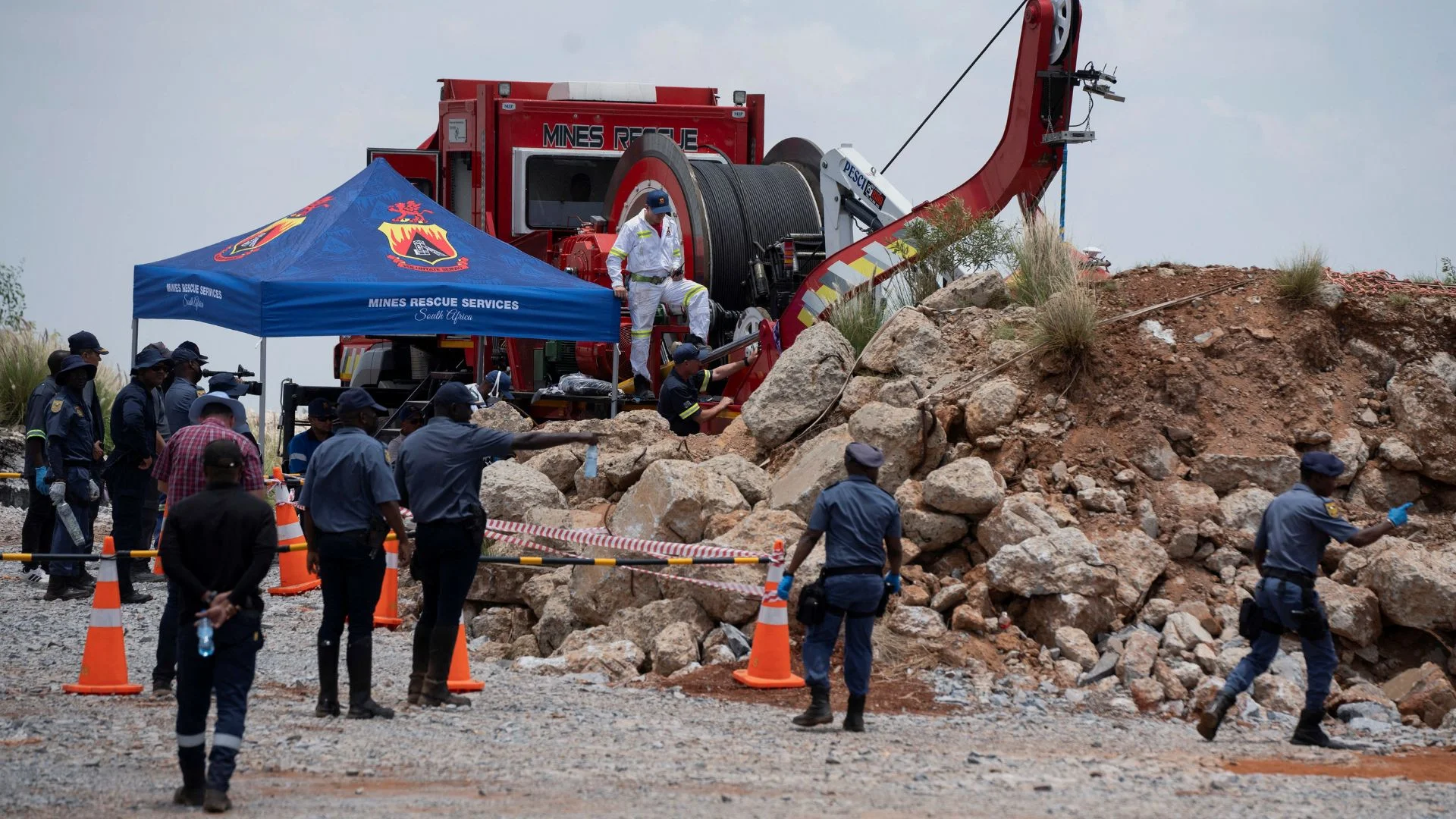The global boom in the offshore wind market is yet to pick up pace in India. India has plans to achieve 5GW Offshore Wind energy by 2022 and 30GW by 2030. Despite such ambitious goals, India has yet to kick-off any offshore wind farms and has been largely in the assessment phase since 2013. While it has achieved 103.05GW of renewable energy so far, it has come mainly through onshore projects, where lack of available land has now become a major constraint. Given India’s commitment at COP26 for achieving 500GW energy from non-fossil fuels by 2030, the importance of the Indian offshore wind sector (“OWS”)— considering it’s 7600 km coastline, cannot be overstated.
The slow progress in the OWS can be attributed to lack of suitable policy and legal framework. The Indian Offshore Wind Policy, issued in 2016, lays out primary steps such as facilitation by the Indian Wind Agency in obtaining permissions; and assured acquisition of power produced from such projects by the government. However, this policy does not address various supervening and foreseeable investor concerns, such as obtaining multiple permissions by the developer— culminating in longer lead times, revocation of incentives due to changing governments, lack of clarity on transferability of operating licences as well as the lack of financial subsidies. Most importantly, the policy is not backed by necessary legal provisions. For example, as per the Policy, a nodal agency would authorise development of offshore wind facilities in the Indian exclusive economic zone (“EEZ”). But, India’s EEZ Act requires that the government specifically make legal provisions for exploitation of wind energy in the EEZ. No such provision currently exists, essentially rendering void any law and nodal agency regulating offshore wind projects in the EEZ.
While introducing legal provisions to govern the OWS by amending existing law would be a quick-fix; I submit that the OWS needs a separate legal framework addressing the full length of issues in constructing, operating and decommissioning offshore projects— that facilitates investment. India’s comprehensive framework developed for oil and mineral exploration in the EEZ can be used as a model. Global forerunners such as the Netherlands, Germany, and Japan have similarly introduced precedent setting laws, catalysing the sector.
Firstly, the framework should address the concerns of investors regarding long lead times in obtaining multiple permissions. This can be solved by extending the powers of the Wind Agency from merely facilitating with other ministries to obtain permissions; to being a ‘one-stop shop’ for issuing all consent requirements, which can reduce construction time and costs of such projects.
In addition, the Wind Agency should be responsible for obtaining nominal permissions— to minimise the number of consents required by the developer. For example, the approval for connecting onshore electric substations to the offshore project, should be obtained by the Wind Agency to help developers. In order to gain such a benefit, an increased coordination between Federal and state governments would be required— as they both concurrently regulate Electricity.
Secondly, the framework should enable the transferability of operating licenses in the event of financial default. Unlike onshore wind installations, offshore installations cannot be easily moved since they are generally fixed to the seabed and taller than the Statue of Liberty! Hence, in case of default by the developer, it is easier to transfer the operating licence instead of moving such assets. This flexibility to transfer licences would reduce the reticence of lenders to finance the OWS, especially in the nascent stage. A stringent government vetting process can be established, in order to address concerns regarding the technical and financial capabilities of the successor, post such transfer.
Thirdly, the framework should ensure protection of investment by turning government incentives into codified law. For example, very recently, a binding national law had to be introduced in India after developers complained that various state governments were terminating assured renewable energy procurement agreements— causing major losses to the developers. This was despite the Federal government’s strict directives to states to adhere to their commitments and ensure uninterrupted energy procurement under power purchase agreements.
In conclusion, implementing the OWS framework will be a challenging task— especially given the current discord between major Indian political parties, which may result in the draft OWS bill not achieving the majority votes to become law; or any such law being repealed by the succeeding government. While I have highlighted the primary challenges to be addressed, several other important bottlenecks remain to be resolved. The government needs to undertake an in-depth study of the best practices in the sector to generate an erudite and well-balanced legal framework which addresses potential risks and reflects the sophistication of the international offshore wind sector, in hopes of presenting it to the Indian parliament. This will help companies such as Tata Power and RWE who are hoping to invest in India’s OWS subject to there being a proper regulatory framework.
The slow progress in the OWS can be attributed to lack of suitable policy and legal framework. The Indian Offshore Wind Policy, issued in 2016, lays out primary steps such as facilitation by the Indian Wind Agency in obtaining permissions; and assured acquisition of power produced from such projects by the government.























